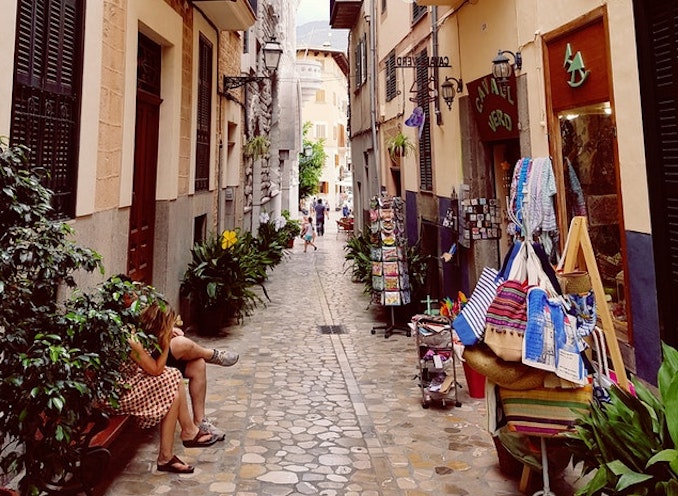Everyone wants and needs the planet to be not just ‘okay’, but really, really thrive. We saw a lot of nature reclaim our polluted spaces over lockdowns around the world, remember?
But the thing is, keeping the planet the paradise it is will take work. And everyone knows that popular places are not as clean as they could or should be, with the re-ignition of global travel contributing more than its fair share of pollution.
What can we do about it? Here are the main ways of making your traveling better for the environment.
Modernising airlines
For decades, scientists have been thinking about how to make flying more environmentally friendly and reduce its impact on the environment. One way is to modernize the airline fleet. Of course, this way costs more than a National Casino jackpot, but it’s definitely worth it.
In December 2009, the Boeing Dreamliner 787 flew for the first time. And two years later it started commercial flights. The Dreamliner was the first airliner in history to be made of 50% carbon composite. Its predecessor (Boeing 777) had only 9%. The Boeing 787 is stronger and lighter than airplanes with aluminum fuselage. But most importantly, the engineers were able to reduce the fuel consumption of the airliner by 20% and with it the amount of harmful emissions.
Engineers used even more advanced materials (52% of the weight of the aircraft) in the design of the Airbus A350. It was the first airliner of the concern, the fuselage and wings of which were made of carbon fiber. The A350 made its first commercial flight in January 2015.
Alternative fuels
Another way to make flying more environmentally friendly today is alternative fuels. The search for a replacement for kerosene began actively in the early 2000s in order to reduce harmful emissions. They tried to obtain biofuel from sugar cane, corn, barley and potatoes. In 2017, the Boeing 787 Dreamliner made its first flight across the ocean – from Beijing to Chicago – using a mixture of jet fuel and recycled vegetable oil collected from Chinese restaurant kitchens (its content was 15%).
Test flights on alternative fuel in Europe began even earlier. In 2009, KLM’s Boeing 747-400 flew on fuel made partly from biocomponents produced from red gums. And in 2016, the carrier was the first in the world to launch a series of regular commercial flights on environmentally friendly fuel.
On-board dining and utensils
The green approach starts on the ground. Today, electric cars run in airport buildings, electric buses take passengers to the aircraft ramps, energy-efficient and renewable energy sources are used in terminals, and garbage cans are installed for separate waste collection.
Carriers take care to avoid over consumption of food on flights. The number of servings is calculated for each particular flight, and if there is any surplus food, it is given to charity organisations. It is equally important for carriers to cooperate with those suppliers who grow products without harming the environment.

